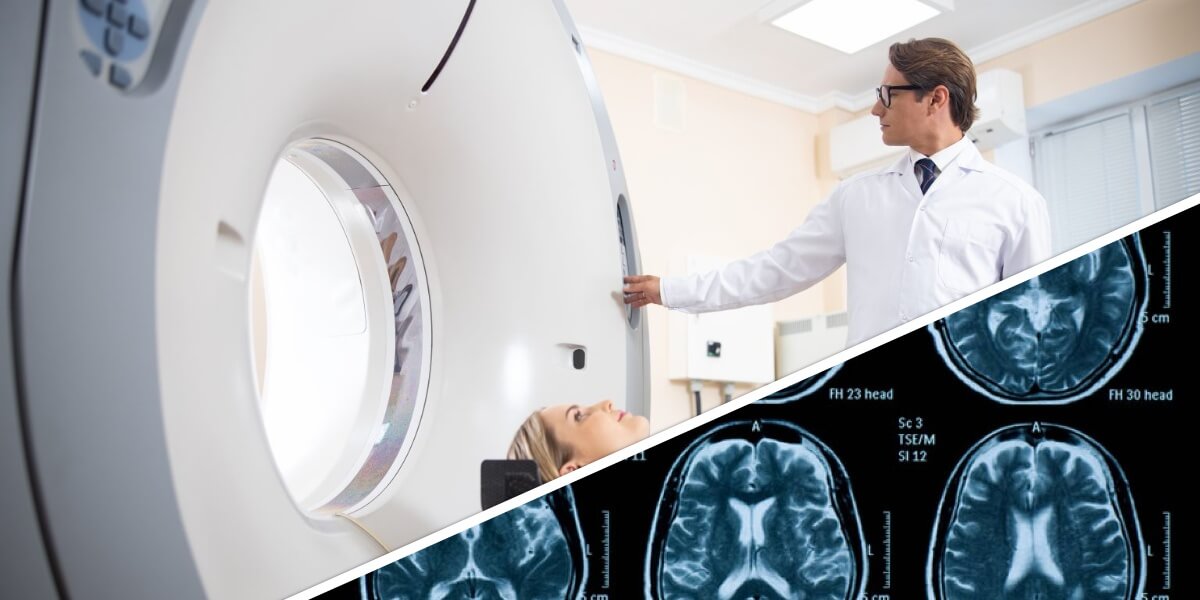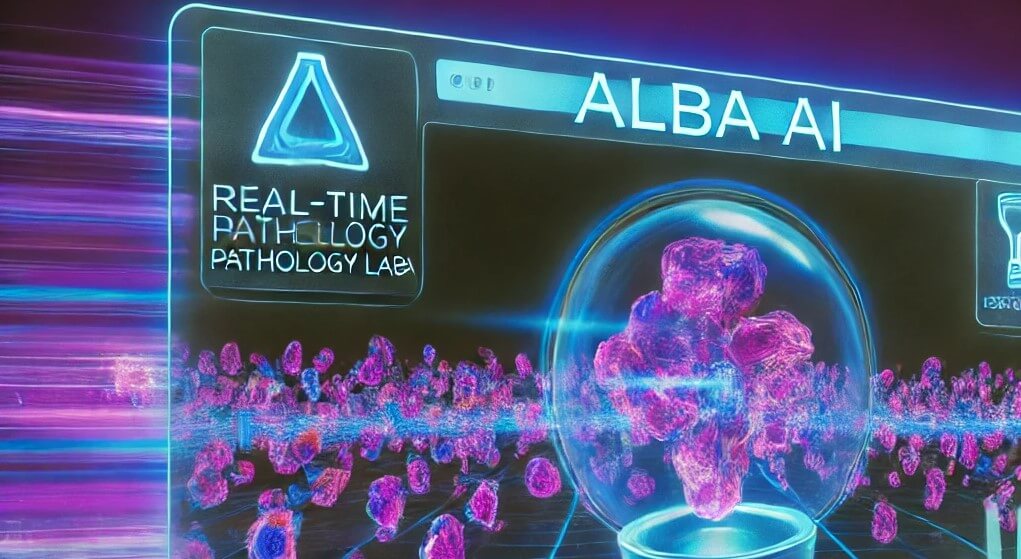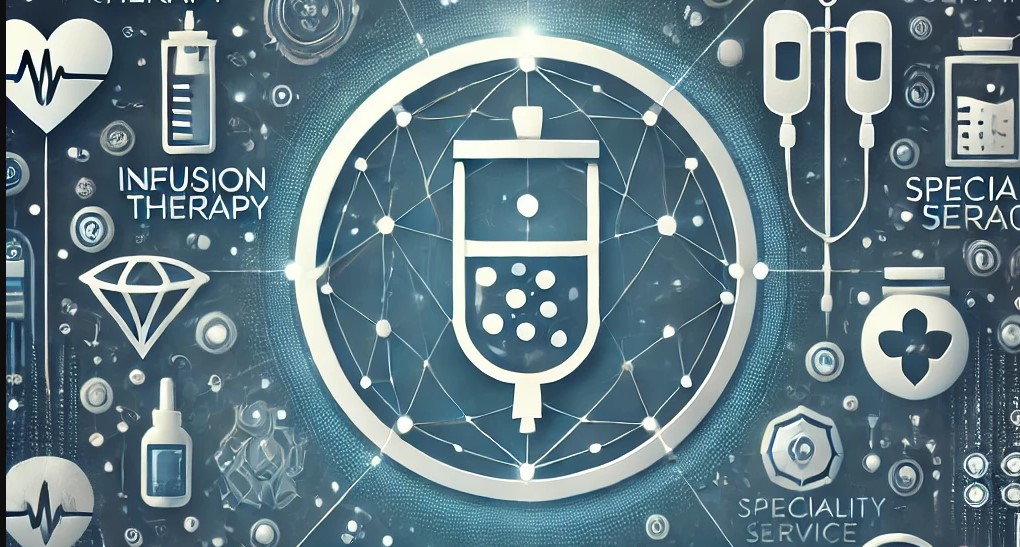Paige, a leading medical technology startup focused on cancer diagnostics and research, has introduced its latest AI-driven tool, Alba AI, designed to assist pathologists with data aggregation, diagnosis, and reporting. While currently designated for research use only, Alba marks a significant step toward integrating AI into clinical pathology workflows and could reshape how cancer is diagnosed and managed in the future.
The Complexity of Pathology and the Need for AI

Pathology, the study of diagnosing disease by analyzing body tissues, is a data-intensive discipline that requires pathologists to access and interpret patient medical records, tissue samples, and clinical history. Pathologists often navigate disparate platforms like Electronic Health Records (EHRs) and Laboratory Information Systems (LIS) to compile comprehensive diagnostic reports for clinicians.
Paige’s Alba AI aims to simplify this process by leveraging advanced generative AI technology. Rather than having pathologists manually sift through data, Alba consolidates critical information from multiple sources, providing actionable insights in real-time. This allows pathologists to focus on more critical diagnostic tasks, ultimately improving efficiency and accuracy in research settings.
How Alba AI Works
Alba operates as an AI “copilot” that supports pathologists by summarizing patient data from multiple repositories, including EHRs, pathology reports, and radiology findings. Using natural language processing (NLP), pathologists can type questions directly into their work systems and receive detailed, patient-specific responses.
Key features of Alba AI include:
- Data Aggregation: Alba consolidates information from EHRs, LIS, and Image Management Systems (IMS) to present comprehensive patient histories and findings, reducing administrative burden.
- AI-Assisted Reporting: The tool helps pathologists draft structured reports and offers suggestions based on real-time data analysis.
- Follow-Up Actions: Alba assists with ordering additional tests, such as stains, and prepares reports for tumor boards and other clinical meetings.
- Molecular Biomarker Screening: Integrated with Paige’s Omniscreen tool, Alba highlights suspicious areas in tissue samples, identifying biomarkers for potential cancer diagnoses.
As Dr. Juan Retamero, VP of Clinical Diagnostics at Paige, explained, Alba’s advantage lies in its holistic approach: “Most AI solutions focus on just one aspect—image analysis—but our models, including Alba, are designed to help with all three.”
A Foundation Built on Massive Data

Alba AI is built on Paige’s proprietary AI models, notably Virchow2 and Virchow2G, which were launched in 2024. These models were trained on over 3 million pathology slides from more than 800 labs across 45 countries, making them the largest AI models ever created for pathology. This dataset, which encompasses 225,000 patients and includes diverse tissue types, gives Alba a unique advantage in delivering nuanced insights across a broad spectrum of pathology use cases.
The comprehensive nature of Paige’s AI models enables Alba to handle even complex or rare cases, offering reliable interim evaluations and streamlining the diagnostic workflow for expert review. This vast dataset, combined with 1.8 billion parameters in the Virchow2G model, enhances the AI’s ability to provide accurate, real-time assessments in cancer diagnostics.
Improving Clinical Workflows with AI
Alba’s introduction is expected to significantly improve clinical workflows by reducing the repetitive, time-consuming tasks often associated with pathology. With AI managing much of the administrative work, pathologists can focus on interpreting data and making more informed decisions. Alba’s NLP capabilities, paired with its ability to pull relevant clinical data and generate diagnostic reports, promise to make pathology research faster and more efficient.
By incorporating advanced AI tools like Alba, Paige is aiming to shift the role of AI in pathology from passive assistance to active collaboration. Alba is not only a tool for identifying cancer on slides but also helps pathologists write detailed reports and follow up on key actions, all while integrating data from various medical systems.
Research-Only Use, with Clinical Potential

While Alba AI is currently for research use only (RUO) and not yet approved for diagnostic procedures, its future potential is clear. The system could eventually play a key role in enhancing diagnostic accuracy, particularly in complex oncology cases, and could pave the way for similar applications in clinical settings. For now, Alba will assist pathologists in researching cancer features and improving the overall understanding of the disease.
Paige’s broader vision is to develop AI technologies that go beyond cancer detection and contribute to personalized treatment plans. By pushing the boundaries of AI in pathology, Paige hopes to make real-world clinical tools that not only diagnose but also enhance patient care.
A Promising Future for AI in Pathology
Paige’s Alba AI and the foundation models like Virchow2 represent a major leap forward in how AI can be applied to medical research and diagnosis. With access to the world’s largest dataset for pathology AI models, Paige is positioned to lead innovations that can transform cancer care, making diagnosis faster, more accurate, and more accessible.
As Paige continues to refine Alba and integrate it into clinical workflows, the impact of AI on healthcare is set to expand, with future developments likely to address a range of medical challenges beyond oncology. For now, Alba serves as a glimpse into what the future of AI-driven pathology could look like — one where AI not only supports medical professionals but fundamentally changes the way disease is understood and treated.
In conclusion, Paige’s Alba AI has the potential to revolutionize pathology by simplifying workflows, improving diagnostic accuracy, and unlocking new possibilities for cancer research. While still in its early stages, Alba represents a critical step toward a future where AI plays an integral role in healthcare.





